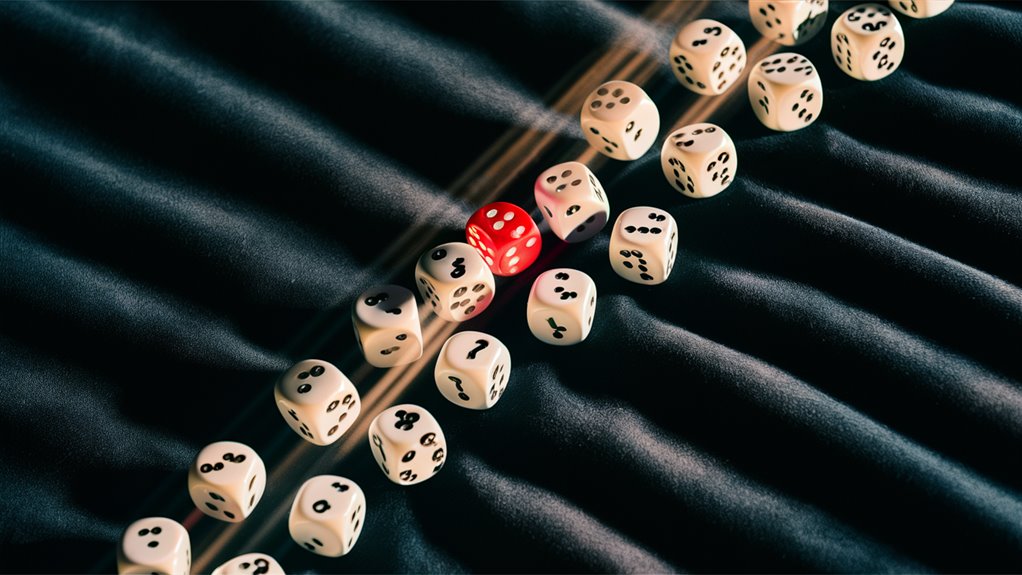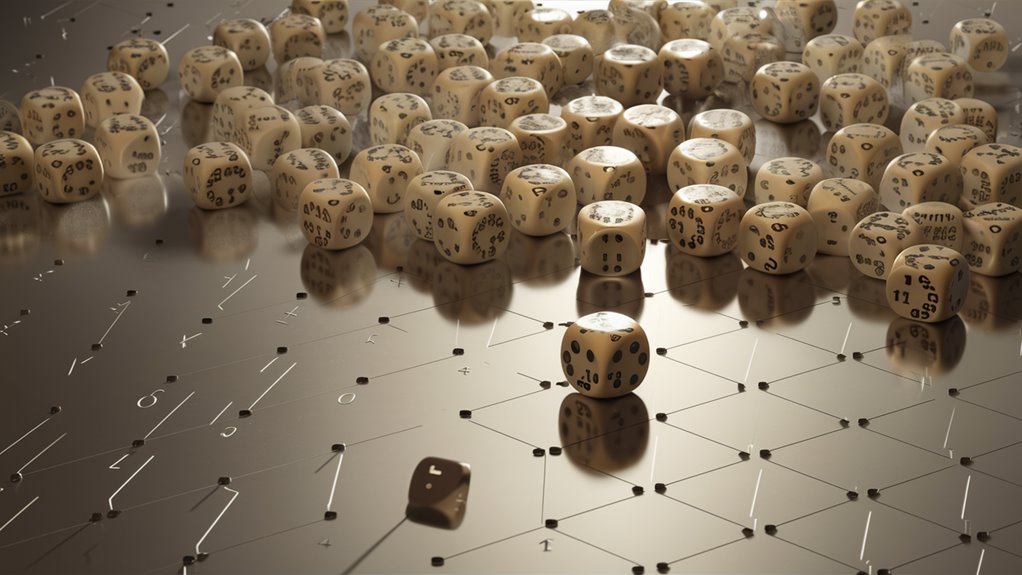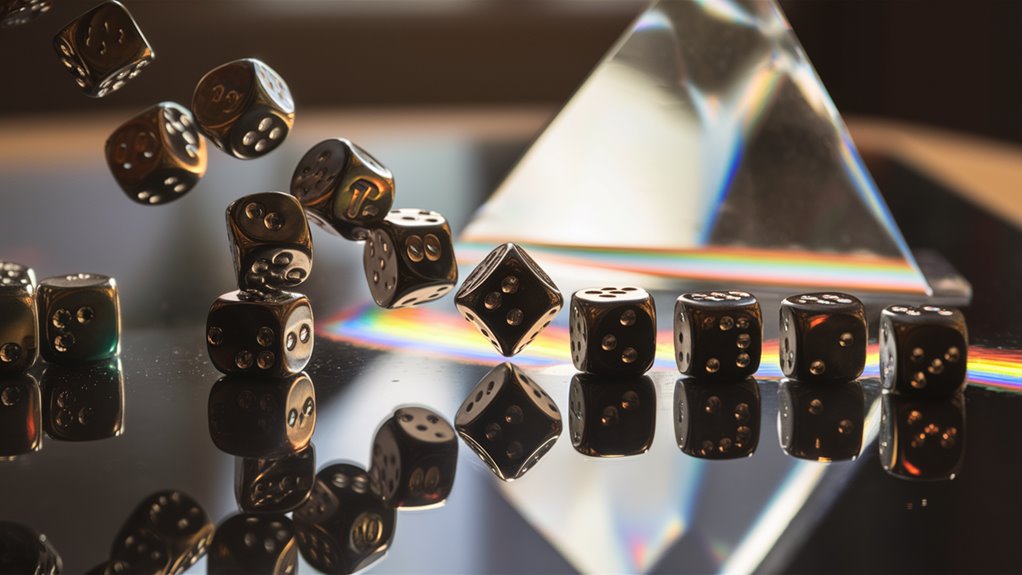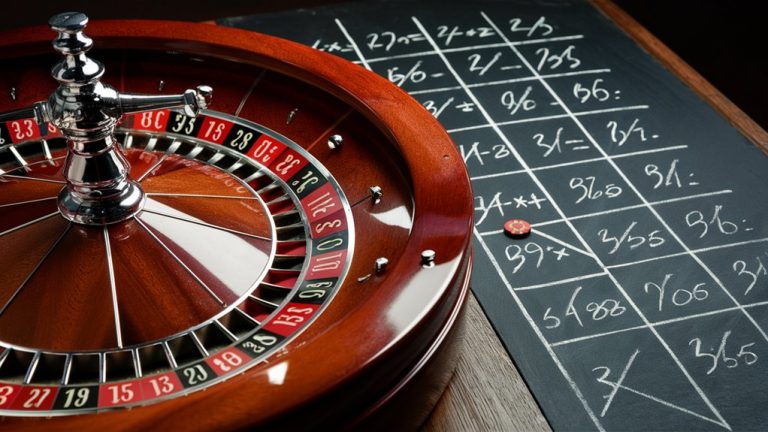
“`html
All You Need to Know About Random Number Makers (RNGs)

How True Random Numbers Work
True random numbers must always startle and be even. These numbers come from acts of nature like tiny atoms and sounds of air, giving the true randomness needed for high-safety jobs.
About Fake-Random Number Makers (PRNGs)
PRNGs use smart math works to make number sets that seem random. Though they look random, they stick to set paths that start from set numbers. Now, PRNGs are used much in games and science projects.
Keeping Codes Safe
In code safety, top Super Safe Fake-Random 이 내용을 꼭 확인해보세요 Number Makers (CSPRNGs) add more safety bits. These makers take very hard steps to stop guesses and meet top math checks.
Tests and Proof of Goodness
Math checks are key for right RNG use. Strong testing teams like NIST SP800-22 and Diehard look into randomness deeply. They check:
- Even spreading
- Step ties
- Breaking patterns
- Odd math ways
RNGs in Today’s Tech
RNGs are big parts in:
- Keeping computer data safe
- Locking data
- How games work
- Science projects
- Money plans
Their work changes how safe systems and apps are across tech fields.
What Makes Numbers Random: A Complete Guide
What True Randomness Is
Real randomness in numbers means they always shock and don’t lean on past numbers. They must always show up even and hide any coming numbers from old data. This is what sets true randomness apart from false number making.
Random Gifts from Nature
Tiny atomic events give true random sources needed for today. Atom breaks, air sounds, and small bits moving make very surprising sets, great for keeping codes safe and top uses. Usual computer ways only make false set paths through step-by-step rules.
Tests for Randomness
Math checks make sure numbers are random by running hard tests on evenness, freedom, and levels of chaos. Main tests include:
- Breaking pattern checks
- Testing if spread is even
- Looking at fair odds
- Bit chaos checks
- Code safety checks
For very safe uses, number sets need to stop guesses while keeping hard safety bits even if some number parts are known.
Deep Test Ways
To make sure randomness is real, sets go through deep tests against:
- Signs of set lean
- Link patterns in series
- Odd spread ways
- Less chaos
- Risk of guesses
These deep methods keep randomness at top quality for needed uses.
Learn About Random Number Makers: TRNG vs PRNG
True Random Number Makers (TRNGs)
True Random Number Makers pull randomness from acts of nature like air noise, atom breaks, and small item moves. These real sources bring total surprises, making TRNGs key for very safe code uses. Though they give the best randomness, TRNGs work slow and need special set-ups to start.
Fake-Random Number Makers (PRNGs)
Fake-Random Number Makers use math rules to create sets that act random. Starting with a first set value, PRNGs use set steps to make numbers fit random math needs. Their quick work and same groups again make them perfect for ideas, games, and common computer tasks.
Top PRNG Ways
Today’s PRNG math rules bring smart set-ups like:
- Mersenne Twister
- WELL512
- Super Safe PRNGs (CSPRNGs)
These top builders show long times and better math ways. For jobs needing more safety, CSPRNGs add extra blocks against guess attacks and backward figuring, good for soft code jobs.
Real Uses and Safety Thoughts
Number making is big in:
- Code plans
- Science set-ups
- How games work
- Number picks
Picking the right maker type goes by needs for safety, speed, and using less. While TRNGs offer best randomness for very safe uses, PRNGs give smart solutions for usual computer needs.
Learn Seeds and Set Ways in Number Making

Grounds of Known Randomness
Seed values are key to making set paths in Fake-Random Number Makers (PRNGs). These start points lay the math ground that shapes all numbers that follow. When a set seed value is used, the PRNG will always make the same number sets—a trait that is useful but risky too.
Safe Thoughts in Seed Picking
Safe seed picking is vital for safety. Using weak seed ways like clock marks or numbers in line makes big weak spots, letting attackers guess coming sets. Best practices say to use very safe chaos sources, counting odd tools for random numbers and other system events.
Ways to Set Up in Many Places
Building and Checking
For apps needing same random sets, using fixed seed values helps checking and bug fixing go well. This set way lets builders check the same moves over different runs.
Using in Real Jobs
Real work places need smart seed handling ways:
- New seed making at each start
- Mixing lots of chaos sources
- Using safe math ways for even bit spread
- Keeping chaos check and promise
The math worth of made sets hangs big on right seed set-up, making it a main part of making true randomness in today’s uses.
Common Ways to Make RNGs and Best Uses
Learning RNG Set-ups
Random Number Makers (RNGs) are key in making new software, with many known ways giving different randomness and safety levels. This full guide looks at the best set-ups and their real uses.
Line-by-Line Builders (LCGs)
Line-by-Line Builders work by the math rule Xn+1 = (aXn + c) mod m. Though these makers work fast and use less, their known paths make them not good for safe uses. LCGs are best in:
- Simple plans
- How games are made
- School code moves
- Easy math views
The Mersenne Twister Method
The Mersenne Twister stays a top RNG way, bringing:
- Time span of 2^19937-1
- Top math spread
- Quick number making
- True random sets
This rule is very good for deep science, number picks, and big ideas where math exactness is more key than keeping codes safe.
Code RNG Ways
Very safe uses need hard code RNG ways, count:
- HMAC-DRBG (Hash-based Message Code Safe Random Bit Maker)
- ChaCha20 number flow
- Fortuna rule
- NIST SP 800-90A fit makers
These ways bring in code bits to make sure:
- It’s a shock
- It runs against math attacks
- It keeps seeds safe
- -and finishes each roll safely.
Latest code RNGs face hard security checks and follow set standards, key for safe talks, key making, and private data jobs.
Checking Random Number Maker Quality: A Complete Guide
Math Test Plans for RNG Testing
Seeing Random Number Maker (RNG) quality needs full math test plans to study output bits. Firm test groups like NIST SP800-22 and Diehard offer crisp methods for looking at number sets, seeing key parts like evenness, freedom, and pattern checking.
Needed RNG Quality Parts
Big Test Parts
- Guessing chaos
- Chi-square tests
- run tests
- counting times
- serial pattern checks
Now, RNG checks need deep looks at both how bits spread (looking at each bit) and pattern ties (pattern checks). Advanced test bits must see time lengths, math ties, and rule guess stops to prove real randomness.
Code RNG Needs
For code uses, RNGs must meet extra safety bits like:
- Unknown next bit
- Stopping next bit guess
- Standing alone What Are the Risks of Gambling Addiction and How to Avoid It?
- Looking even
Testing Works
Full RNG checks need using a mix of test ways at once. Set clear pass/fail lines, keep clean test notes, and make sure they fit app needs. Full checks across many math bits make sure RNGs serve right for planned tasks.



